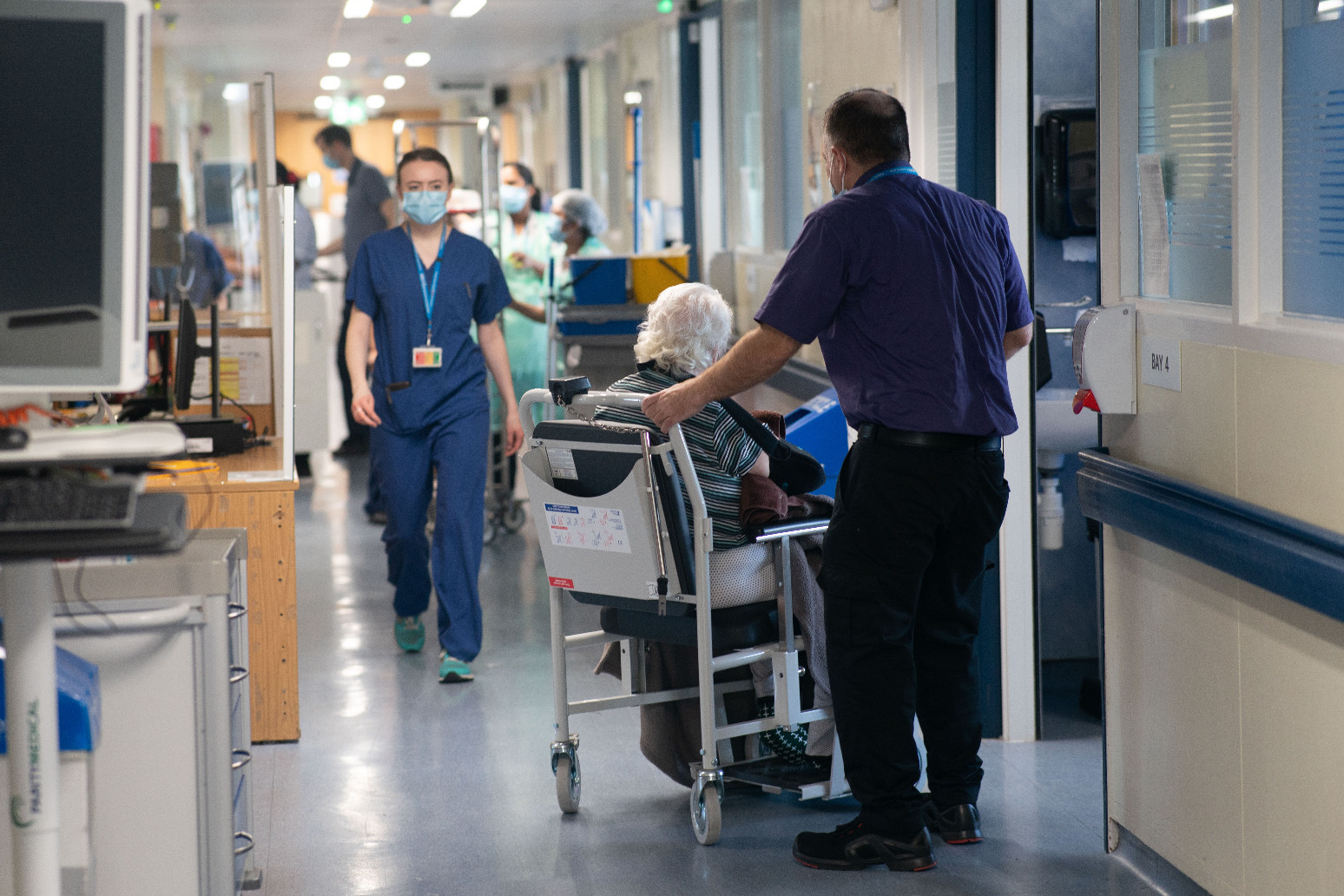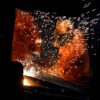-
 play_arrow
play_arrow
Kl 1 Radio Local radio for west Norfolk
-
 play_arrow
play_arrow
KL DISCO KL Disco Playing Disco Music from the 70's onwards.24/7
-
 play_arrow
play_arrow
KL COUNTRY KL COUNTRY Playing New and Classic Country Music 24/7
-
 play_arrow
play_arrow
KL ROX KL ROX The best of New and Classic Rock.24/7
-
 play_arrow
play_arrow
KL SUMMER Summer Vibes 24/7 from KL1 Radio across West Norfolk
-
 play_arrow
play_arrow
KL CLASSICAL Your Symphony Starts Here
-
 play_arrow
play_arrow
KL CHILL Just Chill!
-
 play_arrow
play_arrow
KL POP The Best POP Hits all day Long!
-
 play_arrow
play_arrow
KL XTRA KL XTRA
music_note

That’s according to think tank, the Nuffield Trust
Efforts to reshape the NHS workforce with emerging non-medical roles like physician associates have come before “significant issues have been addressed”, a think tank has warned.
The Nuffield Trust urged the health service to heed lessons from history, and called for a “proactive approach” to addressing challenges in order to prevent “negative consequences” for patients, staff and productivity.
The new report, commissioned by NHS Employers, highlights the history of how different roles – including physician associates (PAs), nursing associates and advanced nurse practitioners – have been brought into the NHS.
It also explores how the mix of staff skills in England’s health service compares to other countries and what issues should be tackled if Government plans to expand the NHS workforce are to succeed.
The report said the “scale of change in the NHS has at times been dramatic”.
Its research found the number of nurses per doctor in hospital has fallen from 4.3 in the year 2000 to 2.8 in 2024.
Meanwhile, in general practice, the ratio of fully qualified permanent family doctors to other clinicians has fallen from 1:1.1 in September 2015 to 1:2.6 now.
Dr Billy Palmer, senior policy fellow at Nuffield Trust, said: “Introducing new and different staff roles to work alongside doctors and nurses has been a well-worn path for the NHS for decades.
“But in recent years, there has been a particularly dramatic shift in the size and shape of the NHS workforce, and future plans to expand staff numbers rest heavily on new and emerging roles.”
The role of a PA is to “support doctors in the diagnosis and management of patients” and they can be deployed across GP surgeries and hospitals, while nursing associates are clinical support professionals who provide care to patients in hospitals, social care, and the community.
The report said that the NHS in England “appears to have taken skill-mix changes further than most countries”, with hospitals in particular having “one of the broader professional mixes”.
It said that comparisons to other countries should be “treated with caution” but added there are “some interesting differences”.
Once example used in the report is that England employs more clinical support staff – relative to the number of doctors and nurses – than Wales and Scotland, and is recruiting more advanced roles in nursing compared to Wales and Northern Ireland.
Doctors and nurses account for two in five (39%) hospital staff in England, the report said, compared to 63% in Italy and 72% in Austria.
Under current workforce plans, there could be 14 times more nursing associates by 2036/37, with around six times the number of PAs and anaesthesia associates.
Some challenges highlighted by the report include a lack of capacity in education and training, and issues with supervision due to the high workloads of clinical staff.
It said “the expansion of the workforce is placing additional demands on senior doctors to educate and supervise”.
It added that some staff “can react to the introduction of such roles with challenge and resistance” which can stem from concerns about the safety and quality of care, a lack of understanding, fears of replacement and competition for the same limited education and supervision opportunities.
While physician associates and anaesthesia associates are now regulated by the General Medical Council, the report said this belated introduction “has been a barrier to their implementation” by placing more pressure on staff and employers.
Dr Palmer added: “This report shows that there are big challenges to overcome in bringing on any new role – ensuring existing staff have time to supervise them, having clarity on the scope of the new role, having the right checks and balances in place if things go wrong, to name a few.
“These challenges can be overcome with careful planning, time and attention at all levels in the health system.
“But the NHS must take heed of the well-established lessons from history. The Government’s review of physician and anaesthesia associates, and its wider refresh of the Long-Term Workforce Plan provide an important opportunity to set out some clarity over the transition and avoid further repeating the mistakes of the past.”
Caroline Waterfield, director of development and employment at NHS Employers, said: “Over recent years there have been many changes to roles and the composition of teams delivering patient care.
“Change has been evolutionary over several decades, rather than a recent phenomenon, and we expect to see this evolution continue. It is therefore critical to understand what has worked well, what has not been implemented well, and why.
“As the NHS develops a 10-year plan and revises the workforce plan to support it, it is critical that the findings from this work are central to the current design work and any future implementation plan.”
A spokesperson for NHS England said: “Our staff are the heart of the NHS, and it is vital that we develop a workforce which has the confidence of the public and healthcare professionals.
“We will continue to provide support, guidance and training as we work to establish and integrate new roles into multi-disciplinary teams to improve patient care – and are working closely with the government to create an NHS workforce fit for the future as part of the 10-year plan for health.”
A Department of Health and Social Care spokesperson said: “This government will overhaul the NHS to make it fit for the future, moving more care from hospitals and into the community.
“This summer, we will publish a refreshed workforce plan to ensure we have the staff we need so that patients are cared for by the right professional, when and where they need it.
“We are taking decisive action to transform the NHS and get it treating patients on time again.”
Published: by Radio NewsHub

Similar posts
Upcoming shows

Frank Hopping – Real Music Society
6:00 pm - 8:00 pm

Mike Bentley – The Theatre Show
8:00 pm - 10:00 pm

Jonathan Charles – Vinyl Countdown
10:00 pm - 11:00 pm

Night Trax
12:00 am - 7:00 am

Paul Baker – KL1 Breakfast
7:00 am - 10:00 am
-

Tens of thousands have set off on the London Marathon

Fuel for blast furnaces and iron ore supplies arrive at British Steel

More than 56000 people including celebrities and MPs to run London Marathon

Car kills number of people attending street festival in Vancouver

Equalities watchdog issues interim guidance on single sex spaces
Message Us
Copyright The Mediasite UK - 2025



